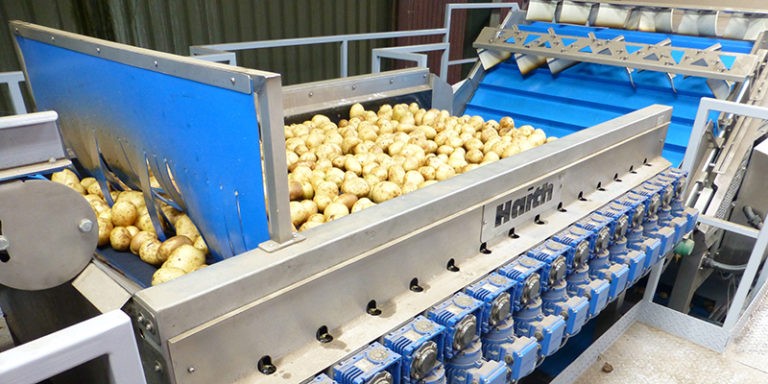When it comes to drying potatoes, regardless of the type of end product one may have in mind, there is always some downtime to be taken into account due to routine maintenance, cleaning and breakdown issues. All of these concerns will have their say on productivity.
Uniform drying is what every potato processor wants, but for uniformity in food production there are some essential things to be taken into account. Food safety needs to be a top priority. Drying affects the texture of the product, the bite, the feel in the mouth, crispiness, or the level of starchiness of the product’s taste. Most products have a maximum safe moisture level, above which the shelf life is compromised (mold/bacteria can occur or the product could easily degrade), with non-uniform moisture being one of the factors affecting product characteristics, like density, color, texture, flavor, or reaction rates.
Over-drying the potatoes translates into lost production, and as the majority of the products are sold by weight, this means that a portion of the product is leaving the exhaust stack.
In French fries, for example, case hardening of the surface needs to be avoided. Uniformity must also be achieved from a cooking perspective. Over and/or under drying will also effect the quantity absorbed in the dryer, and that will also change the characteristics of the product. One major area of cost is that of balancing the dryer; therefore, a proper mechanical fit can have a significant impact on the whole business.
